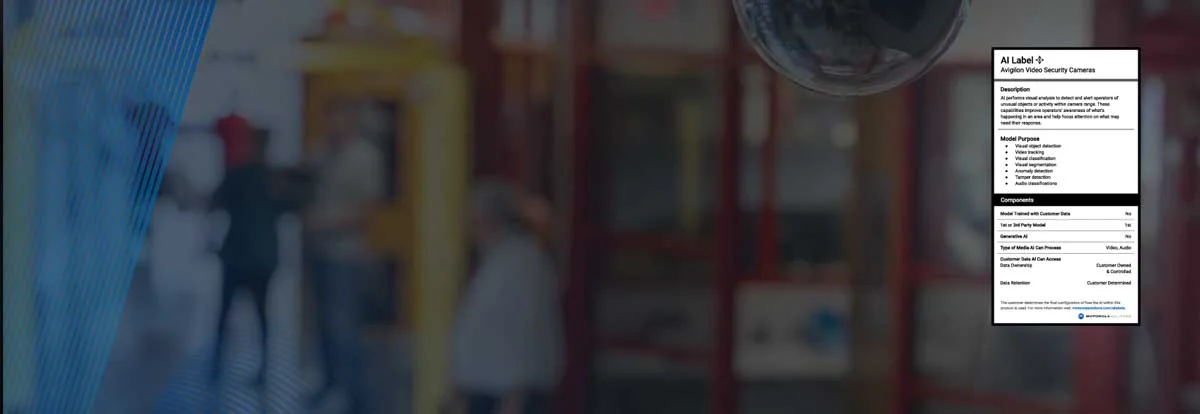
How Motorola Solutions is leveraging AI
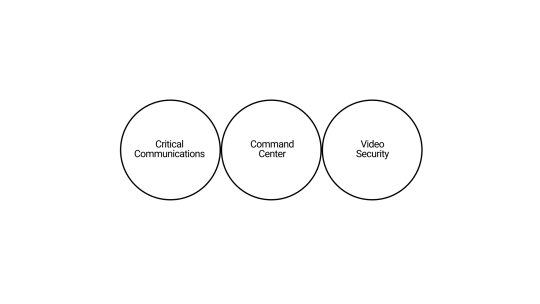
Motorola Solutions is responsibly and incrementally employing AI to assist and augment their users to help them be more efficient, effective and safe. They are doing this by leveraging proven mission critical research and design principles guided by the fundamental tenets of human-in-the-loop for consequential decisions and focused solutions that leverage mature AI.
Motorola Solutions, together with Avigilon and Pelco, is transforming safety and security with a powerful portfolio of responsible AI-driven technologies. By embedding advanced artificial intelligence into cameras, recorders, sensors, and software platforms, these solutions go beyond traditional surveillance to deliver real-time insights and smarter responses. From object and license plate recognition to behavioral, thermal, and acoustic analytics, Motorola Solutions’ ecosystem equips organizations to detect anomalies, automate workflows, and act with greater speed and precision. Designed to be scalable, secure, and seamlessly integrated, this AI portfolio empowers schools, businesses, healthcare facilities, and public safety agencies to create safer, more connected environments.
Building an Integrated AI Ecosystem
Discover how Motorola Solutions, Avigilon, and Pelco bring AI together into a connected ecosystem -combining video, voice, data, and workflows. This unified approach gives you greater control, deeper insights, and seamless collaboration across your entire safety and security operations.
Choose Motorola Solutions for mission-critical communications and workflow automation, Avigilon for advanced video security and analytics, or Pelco for intelligent cameras and sensors tailored to complex environments.
Select a portfolio below to learn how each delivers smarter, safer solutions.
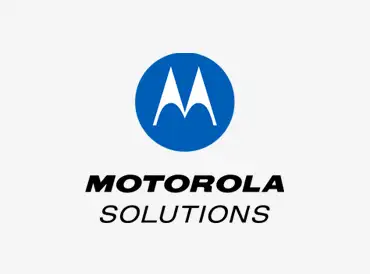
Motorola Solutions
Smarter workflows. Safer teams.
Motorola Solutions keeps teams connected with
mission-critical communications and AI-driven
workflow automation, ensuring faster response
times, safer operations, and seamless collaboration
across any environment.
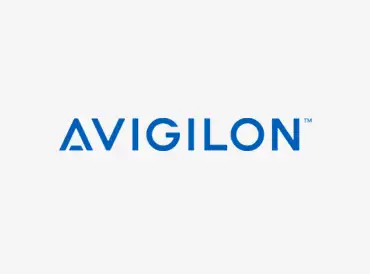
Avigilon
Video intelligence that sees more.
Avigilon delivers advanced video security and
analytics that transform raw footage into actionable
insights, helping organizations detect anomalies,
identify threats, and protect people and property
with clarity and speed.

Pelco
Cameras and sensot that think ahead.
Pelco provides intelligent cameras and sensors
designed for complex environments, offering
AI-powered detection, environmental monitoring,
and proactive alerts that help security teams act
before risks escalate.

Featured AI Products & Solutions
Powerful tools, Intelligent outcomes
Explore Motorola Solutions, Avigilon, and Pelco’s
AI-driven radios, cameras, software, and
automation tools—purpose-built to enhance
safety, boost efficiency, and keep your
operations connected.

Trust Center: AI Labels
Describing AI’s use in technologies
Motorola Solutions AI-enabled technologies help
to augment human focus, effort and performance
when seconds matter. AI labels provide clear,
concise descriptions of how AI is used in their
products.
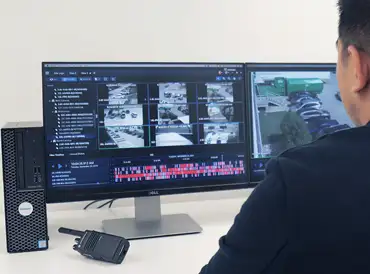
Use Cases
AI use cases across every industry
Organizations across industries face the challenge
of balancing safety, efficiency, and trust. Motorola
Solutions, Avigilon, and Pelco deliver AI-powered
communications, video intelligence, and workflow
automation that detect risks early, streamline
response, and keep people, property, and
operations safe.
What is Artificial Intelligence(AI)?
Artificial Intelligence(AI) refers to the simulation of human intelligence that leverages computers and machines to mimic the problem-solving and decision-making capabilities of the human mind. AI is having a significant impact and organizations are seeing the biggest performance gains, when it augments human workers instead of replacing them. AI uses a variety of approaches, such as deep learning and machine learning, to make tasks more natural to do. The vast improvement of these two capabilities has caused a paradigm shift in all sectors of the technology industry.
AI frequently asked questions
What is artificial intelligence (AI)?
Artificial intelligence (AI) refers to computer systems or machines designed to simulate human intelligence. In the realms of safety and security, AI-powered solutions are rapidly transforming operations. These systems can handle tasks that typically require human cognitive abilities—learning, reasoning, understanding natural language and problem-solving. Examples of AI in safety and security include voice-enabled interactions, semi-automated or automated decision-making systems and AI-driven data analytics used to enhance operational performance, data security and efficiency across industries.
What is the difference between Priority Intelligence and artificial intelligence?
Priority Intelligence is Motorola Solutions’ artificial intelligence (AI) strategy, focused on providing you with the right intelligence to prioritize the right action. Motorola is building their AI to assist you with the knowledge you need, when you need it and to automate routine tasks, so you can stay focused on what’s important.
How does AI benefit Motorola Solutions’ customers?
In public safety and enterprise security, there’s nothing worse than knowing that a key piece of intelligence that would've helped you make a better decision was available but did not get to you in time. Motorola’s AI strategy is focused on providing you with the right intelligence to prioritize the right action, overcoming those data sharing obstacles. When AI can make tailored information proactively available, instead of something that needs to be found, it can automate tasks and assist, focusing your attention where it’s needed.
They believe that AI, designed the right way, can help ensure critical knowledge that could change your actions in the moment, is presented to you when and where you need it, so you can make more efficient, effective and safer decisions.
Why is responsible AI important in safety and security?
Responsible AI means that AI technology is developed and used ethically and transparently to benefit society. This includes minimizing biases, prioritizing privacy and maintaining accountability in AI-informed decisions. To help avoid blind trust and overreliance in AI’s outputs, we design AI with ‘good friction’ - technology guardrails - so humans remain the ultimate decision makers.
How do trust and transparency factor into AI systems?
Motorola Solutions designs AI systems with trust and transparency at the forefront, prioritizing human decision-making while safeguarding data privacy and ethical standards. Building trust in AI systems requires transparency in how they work and the data they use. They deliberately design their AI to be:
- Accountable: You can easily see, check and override AI recommendations.
- Contextual: You receive information tailored to your specific role, task and situation.
- Engaging: You stay actively involved to guard against your blind trust in AI, supported by built-in technology guardrails that help you remain the ultimate decision-maker.
- Tangible: You understand how the AI reached its conclusions and can see the sources from which it collated information.



